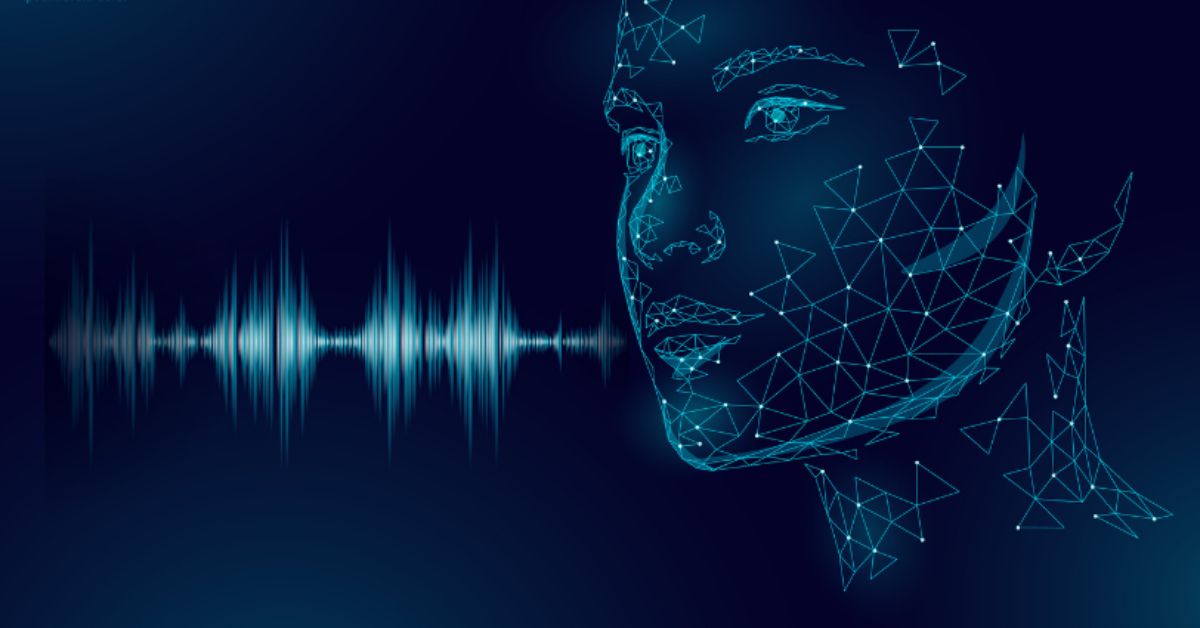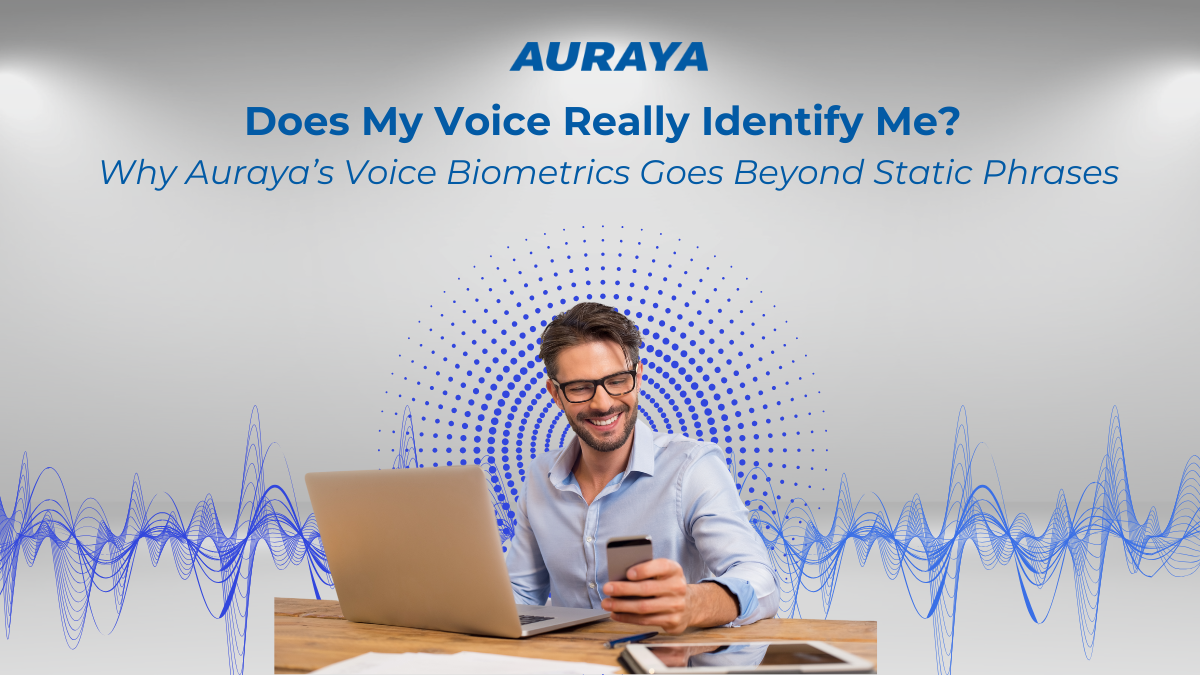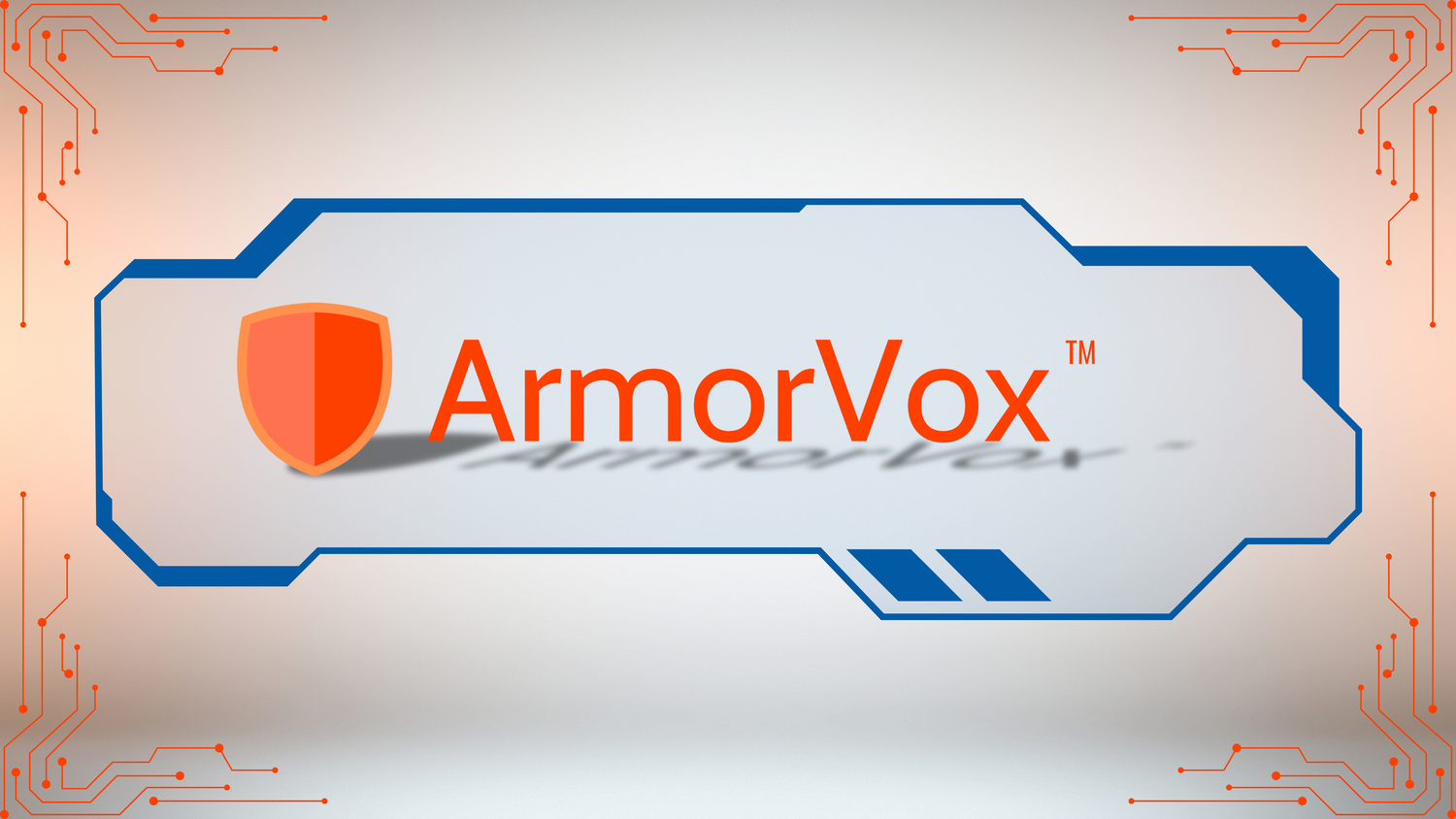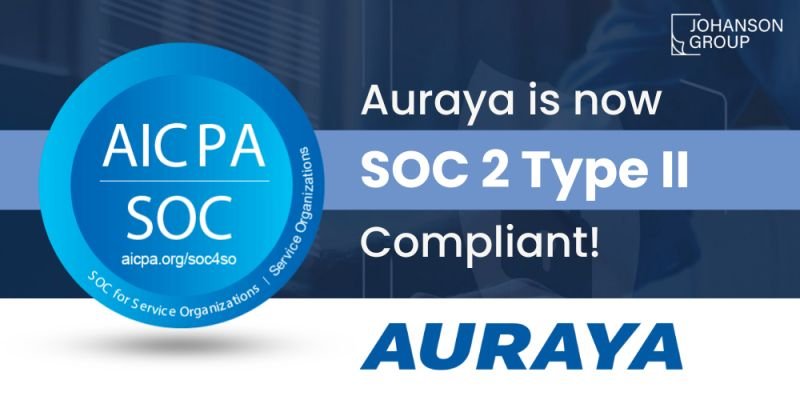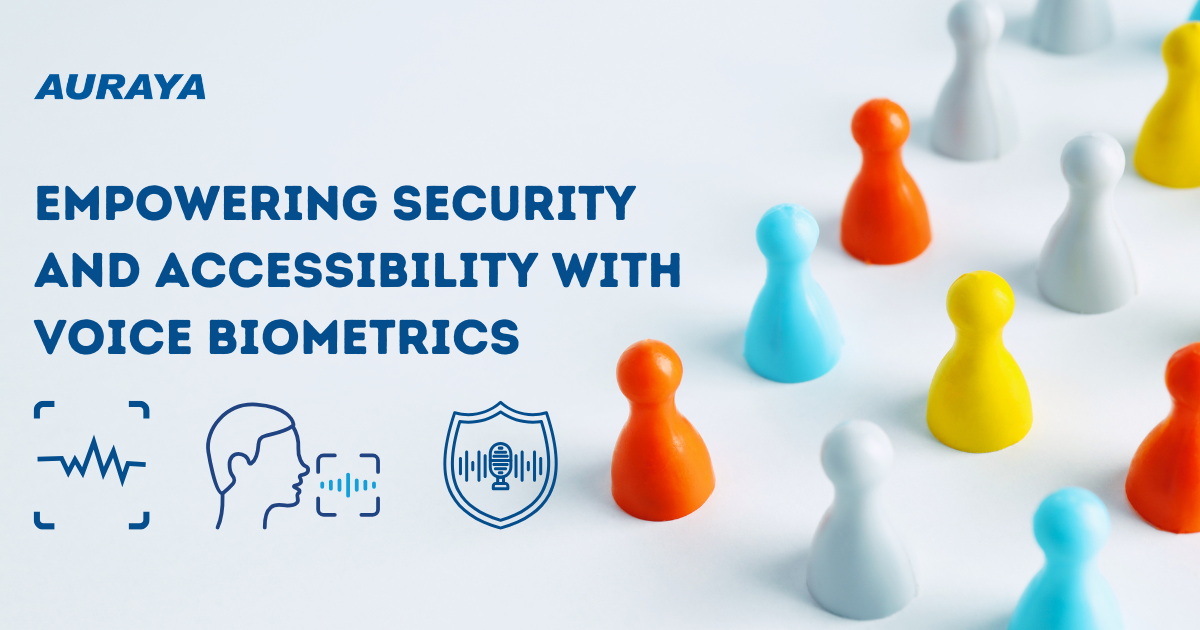EVA Voice Biometrics provides superior security without compromising user experience. While leading companies are adopting voice biometrics technology for secure and frictionless identity verification, some companies are still skeptical about the technology and its benefits. This blog highlights how EVA Voice Biometrics overcomes these common concerns and skepticism.
Superior Security
One of the main benefits of EVA Voice Biometrics is providing superior security via frictionless identity verification. It offers better security over traditional verification methods such as PINs, passwords, and security questions. These outdated verification methods often fail to provide user-claimed identity, and only prove that the person knows the answers. Biometric verification methods such as fingerprint and facial recognition technology are convenient but the biometric print is created and stored on the device so anyone with access to the device can create a face or voice print. Reliance on the device as the only security factor is not the best practice in terms of proving the user of the device is an authorized person.
EVA Voice Biometrics verifies that the voice matches the claimed identity’s voice and ensures that the user said the correct one-time passcode (OTP). The voice-matching process is separate from the device and is checked in a secure vault behind the organization’s firewall. EVA’s multifactor security process checks that a trusted device is being used, the authorizing person says the correct OTP, and the correct OTP is biometrically matched to the authorized voice print. These three factors provide more security and deliver more privacy as no PII has to be disclosed.
Fraud Detection and Protection
EVA Voice Biometrics can analyze over 3,900 characteristics every second, this includes physical and behavioral characteristics. As every human voice is unique, EVA Voice Biometrics can distinguish the difference between voices and can determine if it is a mimicked, recorded, or synthetically generated voice.
Recorded voices can be thwarted via Liveness Detection which issues random phrase challenges. This helps nullify the effectiveness of a recorded playback attack. Auraya also employs patented methodologies such as Active Learning to continuously learn on a user’s voice every time they use the system, increasing accuracy and improving performance on each interaction. Further, organizations can continue to passively verify the user’s identity in the background whilst talking to an agent or a voice bot to check the user’s ‘liveliness’.
Voice Fluctuations
Normal fluctuations in a user’s voice will not affect the voice biometric result. Slight, minute changes in a user’s voice over time can also be learned via Active Learning, just like how you reposition your fingerprint during enrolment to obtain a wider fingerprint coverage.
However, suppose the user has a physical ailment or a severe illness that drastically changes the voice or causes an inability to speak. In that case, the voice biometric system may not work. Auraya recommends that organizations always have alternative backup verification options if this occurs.
Language Agnostic
EVA Voice Biometrics is language agnostic. Organizations can use the default English language or use any language desired. Whether it’s for a different language or there are varying accents, EVA Voice Biometrics can be used to verify user identity.
With passive and active modes, organizations can enroll and verify users via either text-dependent, text-independent, text-prompted, or digit-independent tokens.
Data Storage
Voiceprints are encrypted and stored in a secure database of the organization’s choosing. Whether it is behind the organization’s firewall or through its selected managed service provider, the organization remains in control of its data. Voice biometric data can be stored via on-premise servers or through the cloud. They are stored separately from playable audio files, which may contain personally identifiable information. Additionally, these voiceprints can only be used on an EVA Voice Biometric system and do not contain playback audio or personally identifiable information.
More Questions?
Have more questions or concerns regarding EVA Voice Biometrics or voice biometrics in general? Access and read our ‘Voice Biometrics FAQS Answered’ document below to learn more! https://aurayasystems.com/resources/voice-biometrics-faqs-answered






